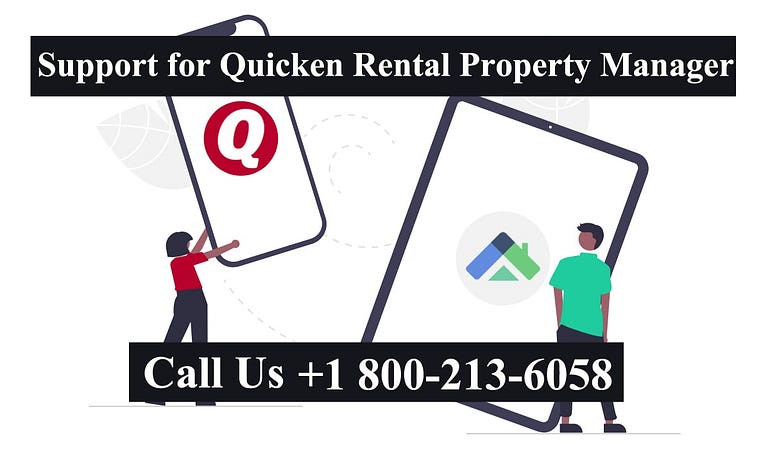How to Track Rental Property Expenses in Quicken Support — Managing rental property expenses is crucial for landlords and property owners to ensure financial stability and compliance with tax regulations. Quicken, a popular financial management software, offers powerful tools to track and organize rental property expenses efficiently. In this comprehensive guide, we will explore step-by-step how to track rental property expenses in Quicken.

1- Setting Up Your Quicken Account for Rental Property
- Start by creating a new Quicken account specifically for your rental property.
- Navigate to the “Accounts” tab and click on “Add Account.”
- Choose the account type as “Property, Debt & Loans” and follow the prompts to set up your rental property account.
1- Categorizing Expenses:
- Create specific categories for rental property expenses such as “Maintenance,” “Utilities,” “Repairs,” “Insurance,” “Property Taxes,” “Management Fees,” and “Mortgage Interest.”
- Assign each expense transaction to the appropriate category to accurately track spending.
3- Recording Rental Income:
- Enter rental income transactions under the designated category, such as “Rental Income” or “Tenant Payments.”
- Specify the source of income, rental period, and the amount received to maintain a clear record of your rental earnings.
4- Tracking Property Maintenance and Repairs:
- Log maintenance and repair expenses incurred for your rental property.
- Include details such as service provider, date of service, description of work, and cost to track maintenance activities effectively.
5- Managing Utilities and Insurance Costs:
- Record utility bills (electricity, water, gas) and insurance premiums paid for the rental property.
- Categorize these expenses under “Utilities” and “Insurance” respectively to monitor costs over time.
6- Monitoring Property Taxes and Mortgage Payments:
- Input property tax payments and mortgage payments made during the accounting period.
- Assign these transactions to their respective categories (“Property Taxes” and “Mortgage Interest”) for accurate expense tracking.
7- Tracking Property Management Fees:
- If you hire a property management company, record management fees as part of your rental property expenses.
- Create a separate category for “Management Fees” and log these expenses accordingly.
8- Utilizing Reports and Insights:
- Generate custom reports in Quicken to analyze rental property expenses over specific periods.
- Use graphs and charts to visualize spending patterns and identify areas for cost optimization.
9- Reconciling Accounts and Balancing Books:
- Regularly reconcile your rental property accounts in Quicken to ensure accuracy and reconcile any discrepancies.
- Balancing books helps maintain financial transparency and prepares you for tax reporting.
10- Tax Preparation and Reporting:
- Use Quicken's tax preparation tools or export financial data to tax software for seamless tax reporting.
- Ensure all rental property expenses and income are accurately documented for tax deductions and compliance.
Conclusion:
Efficiently tracking rental property expenses in Quicken is essential for landlords and property owners to maintain financial control, maximize profitability, and comply with tax regulations. By following the steps outlined in this guide, you can streamline expense management, gain valuable insights into your property finances, and simplify tax preparation processes. Quicken's robust features and customization options make it a valuable tool for managing rental properties with ease and accuracy.





